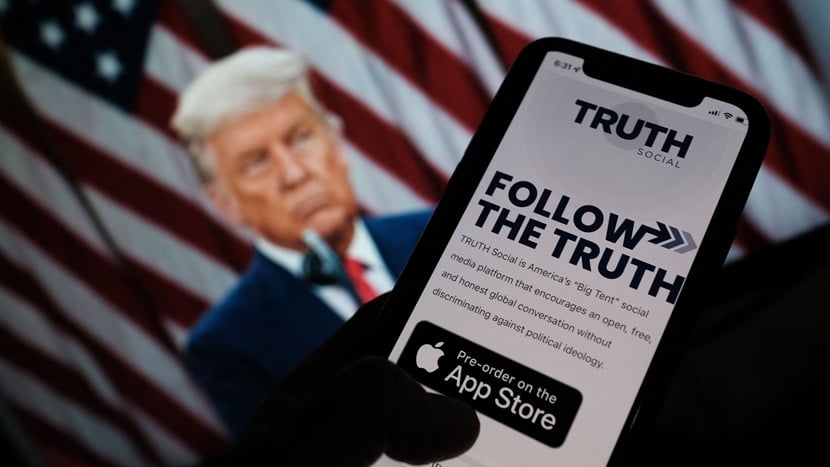 |
Truth Social, the social network founded by US President Donald Trump, is designed to allow users to freely express their views without fear of censorship or restrictions. |
Social media has become a powerful tool.
US President Donald Trump is the clearest example of the use of social media. From his first term (2016-2020), he shocked the world with his direct, personal, and controversial use of Twitter. Banned from the platform after the 2021 Capitol riots, Trump did not back down but founded his own social media platform, Truth Social, to continue posting information without any filters. Upon returning to the White House in 2025, he reaffirmed the power of social media by transforming it into an official channel for announcing policies, attacking opponents, shaping public opinion, and even… issuing orders. On Truth Social, the US President currently has nearly 10 million followers. His views, statements, and political decisions attract millions of interactions and comments.
The recent US tariff announcements were first published by Donald Trump on Truth Social, before reaching the press. This reverses the traditional media order: instead of the press being the first to announce policy decisions, they now become the channel for receiving and reacting to them.
Similarly, Indian Prime Minister Narendra Modi is one of the most followed heads of state on social media, with over 100 million followers on X and nearly 93 million on Instagram. He not only posts policy messages but also shares images of his daily life, interacting with the people, using social media as a direct bridge to voters without the need for intermediaries like the press.
In Europe, French President Emmanuel Macron and Spanish Prime Minister Pedro Sánchez both use social media to quickly communicate policies, respond to breaking news, and subtly but effectively disseminate their national values and positions.
Ukrainian President Volodymyr Zelenskyy is another example. During the conflict with Russia, he used social media as a second trench. Short messages and direct images from the field or government meetings helped him both boost domestic morale and garner international sympathy and support.
It's noteworthy that many world leaders use social media not just in terms of frequency of appearance or number of followers, but also in actively shaping information. Messages are no longer simply for announcements, but become political tools, tools of soft power, policy lobbying, and even pressure tactics. For Donald Trump, each status update can shake financial markets, alter international negotiation strategies, or create shifts in domestic politics. A specific example is his announcement on Truth Social to reduce tariffs on Chinese goods from 145% to 30% in May 2025; the global market reacted immediately. Even major newspapers with large networks of reporters had to process the information like any other social media user.
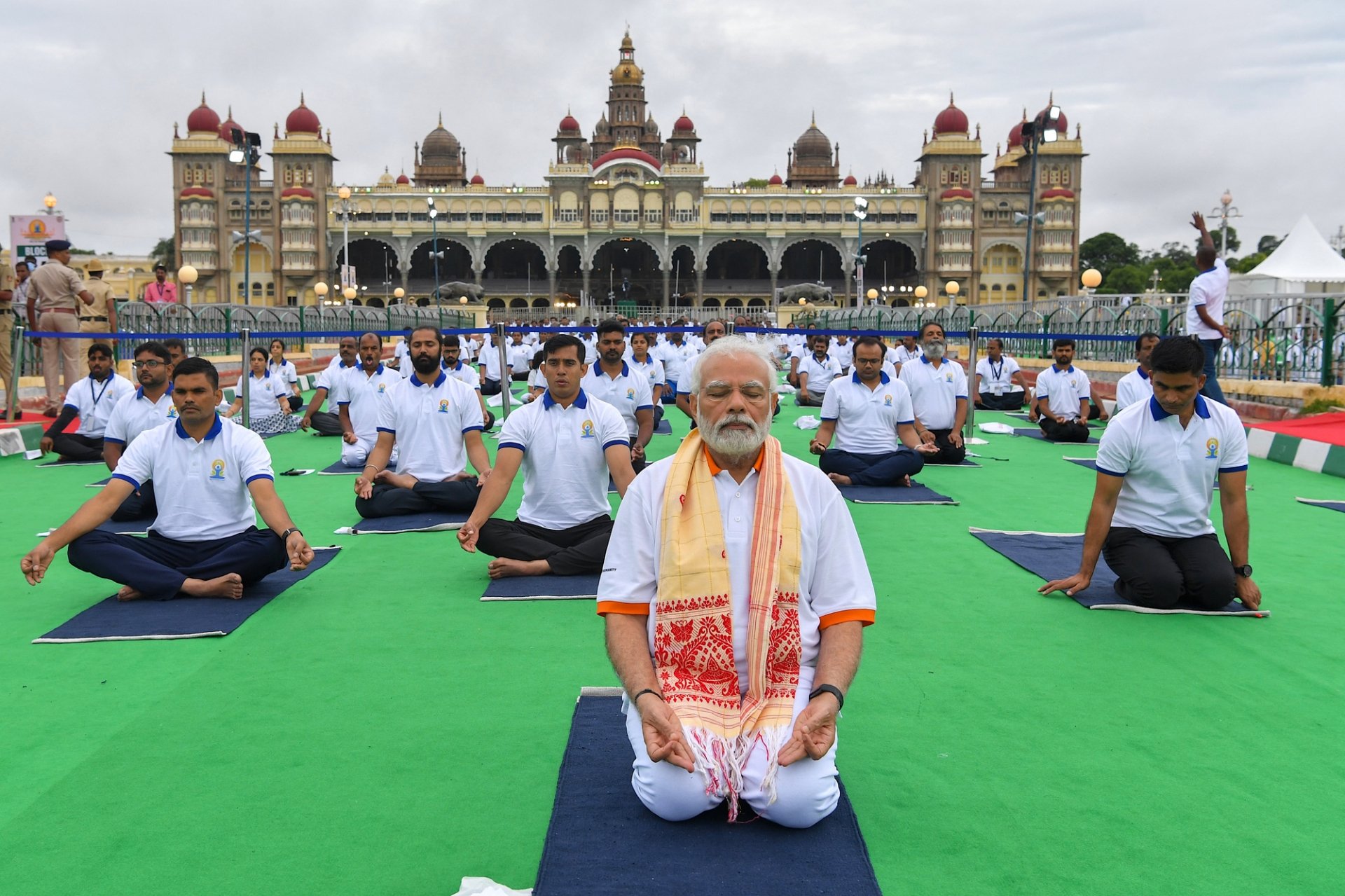 |
| Indian Prime Minister Narendra Modi is one of the most followed heads of state on social media platforms. |
Journalism faces the demand for innovation.
In a context where many leaders prioritize social media, the press cannot be the first to report news but must become the analyst, verifier, and guide of public opinion. For example, when the US President announced a reduction in tariffs on China, Reuters analyzed that while official Chinese media welcomed the agreement, the public remained skeptical about the consistency of US policy; the Financial Times assessed that Trump's trade policy lacked consistency, creating difficulties for businesses; and Politico (US) suggested there was a shift in political views on trade with China.
These developments show that the press has shifted its role from a transmission channel to that of an "architect" of information. When the public can access the original message from leaders through social media, the press can better clarify the context of the message, the consequences of the policy, who benefits, who faces difficulties, and whether the information contradicts previous statements.
The way news is reported must also change. Instead of rewriting messages from social media, news organizations should use their strengths—analytical resources, expert networks, and objectivity—to dissect, explain, and compare information. This is especially important in a context where heads of state use social media not only to inform but also to influence public opinion, shape emotions, and even spread political misinformation. Without vigilance, the press could inadvertently become a tool for amplifying calculated media campaigns.
The power of social media in reaching the public quickly and widely is undeniable, but this also creates an urgent need for a robust fact-checking system. Only professional journalism can fulfill this role. When heads of state can speak directly to the people, the press can no longer continue its role as an intermediary "spokesperson" but must guide the public towards a comprehensive view, cross-referencing and analyzing facts from multiple perspectives.
It can be asserted that the use of social media by politicians and heads of state as an effective tool to convey messages and policies does not mean the end or diminishing of the role of journalism. On the contrary, it is a test for journalism to redefine itself, innovate its methods, and return to its core mission of serving the public with truth, diverse perspectives, and in-depth analysis.
Source: https://baothainguyen.vn/xa-hoi/202506/vu-khi-mem-cua-nguyen-thu-va-thach-thuc-cho-bao-chi-69c3511/






![[Photo] Prime Minister Pham Minh Chinh presides over a meeting on private sector economic development.](/_next/image?url=https%3A%2F%2Fvphoto.vietnam.vn%2Fthumb%2F1200x675%2Fvietnam%2Fresource%2FIMAGE%2F2025%2F12%2F20%2F1766237501876_thiet-ke-chua-co-ten-40-png.webp&w=3840&q=75)

























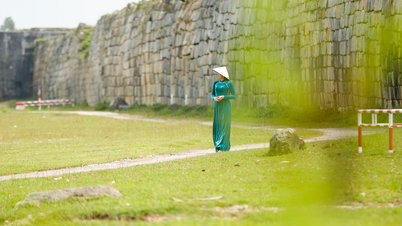

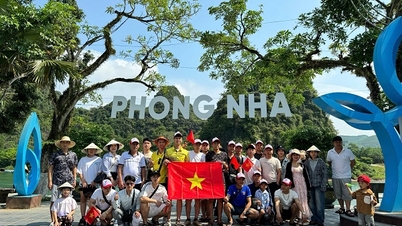

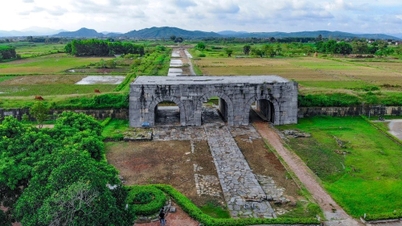

























































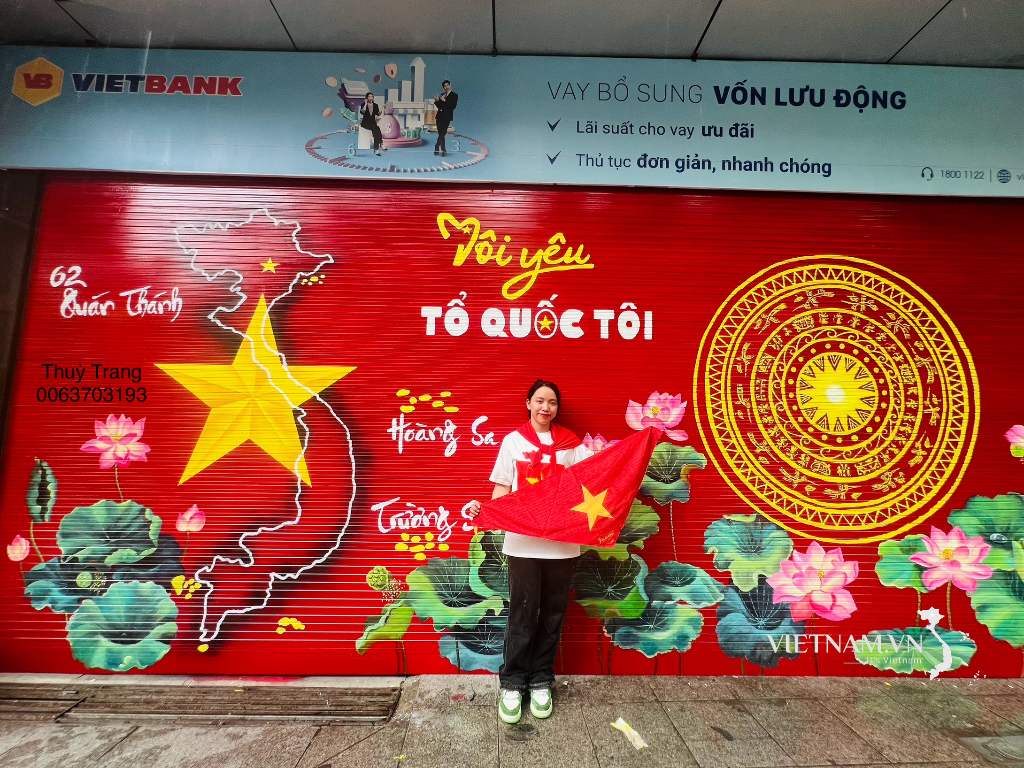

Comment (0)